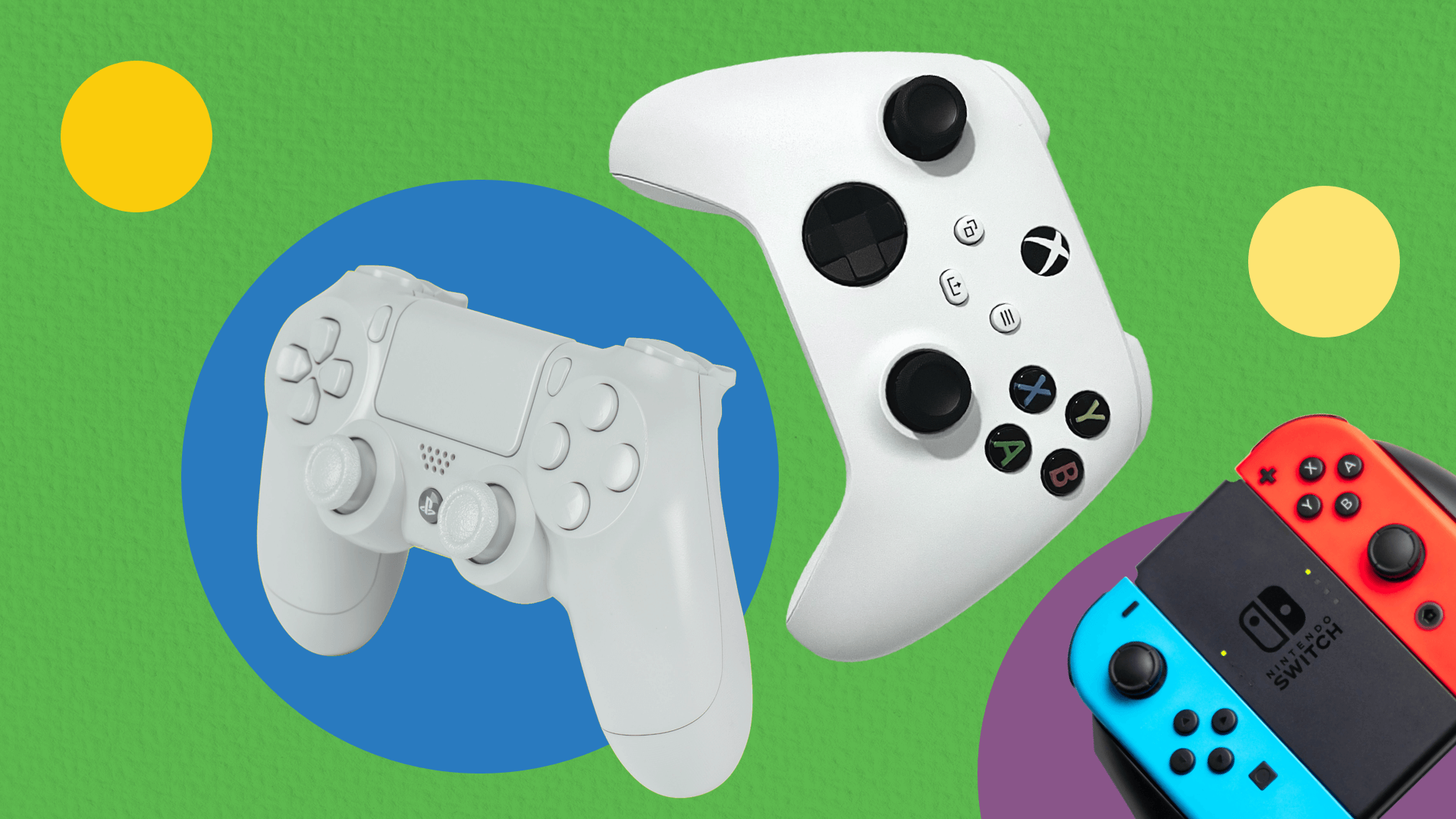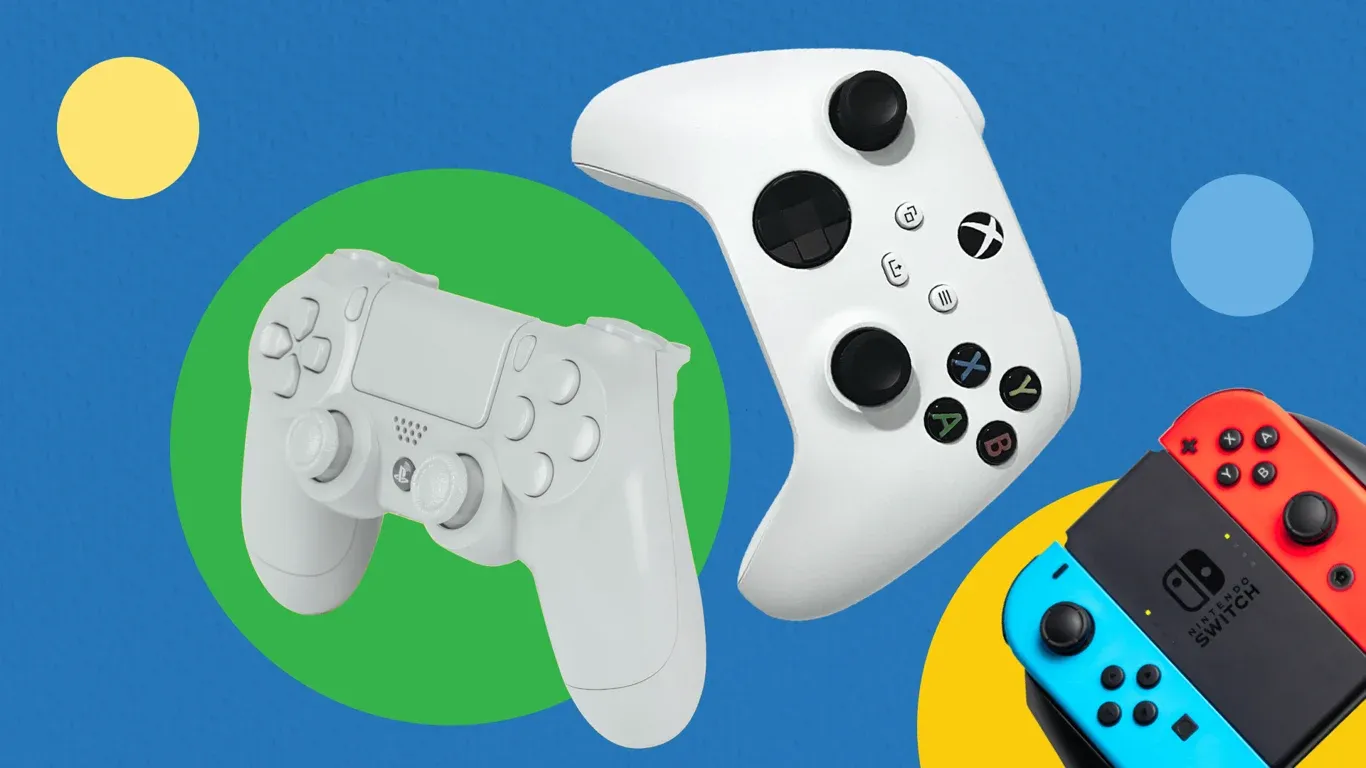Ever wondered how “green” your gaming practices are and how does your favorite gaming console rank on sustainability? The environmental impact of gaming may be greater than you think! An eco-conscious sentiment is rising globally, also among gamers, and with it so do the efforts gaming companies around the world are making to decrease their impact on the planet’s resources. By using cleaner energy, making gamers conscious with ‘green’ games and DLC, and the Play & Plant-program from Horizon Forbidden West. However, how meaningful those contributions are is up for debate.
Gaming in CO2 emissions
The gaming industry is now releasing games that are conscious about the environment, like city builders that provide “Green DLC” and special programs to help build back nature and lower CO2 emissions. After all, the industry’s impact can be seen in developing and playing games, which use a lot of electricity for the advanced technology of a PC, a PlayStation 5, or an Xbox.
Moreover, gaming is no longer considered a “hardcore hobby”, but a mainstream means of entertainment and even a sport with the latest numbers saying there were 3.24 billion gamers in 2021 across the globe. For this reason, companies are willing to do something for our planet, such as taking on more green initiatives and working toward being carbon neutral or better. Whether it is an effort at “greenwashing” – a term referring to companies pretending they are eco-friendly without making any real moves – or not, the impact is still there, and the ethics of it are still ambiguous.
Next-gen gaming: An environmental nightmare
Gaming has already been unfriendly to the environment for decades. All the ever-advancing metal circuit boards, plastic consoles, and power that’s used to visualize virtual worlds have an environmental cost. It’s a nice hobby, but not really eco-friendly.
With every generation of video game consoles and newly developed technology, things are getting worse. Where the last generation’s PlayStation 4 and Xbox One respectively used 137 and 112 watts of power, the current-gen PS5 and Xbox Series X have a maximum output of 350 and 315 watts (with an average of 200 watts). On a positive note, only the performance of the new consoles quadrupled, the usage of power did not. According to Microsoft, it desires to drive down the consumption of power during development.

Digital gaming sales rise
With this new generation of consoles, gamers went more digital than ever; which sounds good in theory. With the PlayStation 5 Digital Edition and Xbox Series S, you can only buy digital games to download to your device. And even before the launch of these consoles, publishers saw a yearly increase in digital sales. The trend already started before COVID-19, although this pandemic gave it a boost.
For the first time, in 2020 more digital games were sold than physical copies. You may think this is great for the environment, because gamers are ditching discs and going digital so fewer materials are used and less waste produced. However, according to experts, less visible tech doesn’t equal less damage a.k.a. reducing carbon footprint.
Is digital gaming sustainable?
Gaming in the US in 2020 represented 34 terawatt-hours a year in energy usage, which equals 5 million cars. For developing games, data was gathered from Nintendo, Microsoft, and Ubisoft; they are in the range of generating 1 to 5 tons of CO2 per employee per year. And the total emissions are only going up.
Next-gen gaming means digital services, like cloud gaming and good specs; both need more energy year on year. Because where does your video game download come from? Indeed, huge data centers located around the world. So, going digital does not mean going greener or that there is necessarily a benefit to our ecosystem.
Coming back to physical devices, consoles are built with chips, fans and circuit boards, and they are wrapped up in plastic and cardboard, in order to be delivered. The supply chain is vast and requires a lot of movement of materials, and thus carbon emissions, in order for a console, physical game, and other components of gameplay to reach the gamer themselves. Before even manufacturing them, minerals like gold, tin and tungsten are needed. To manufacture them, fossil fuel and coal energy are used in plants in China.
How Sony, Microsoft and Nintendo go green
The big three gaming companies, Sony, Microsoft, and Nintendo are working on reducing CO2 emissions. The gaming heavyweights have big plans to become greener and are setting lofty goals in their sustainability efforts. Sony’s goal is to have zero environmental footprint by 2050, while Microsoft wants to be carbon-negative by 2030. The first example, spearheading change, comes from publisher Sony and game developer Guerrilla Games who had great plans for their latest video game Horizon Forbidden West.

Horizon Forbidden West’s “Play & Plant”
This February, Horizon Forbidden West was released, the sequel on 2017’s Horizon Zero Dawn. The video game is about a post-apocalyptic world, which is hit hard by climate change. It includes natural disasters, the everlasting fight against robot animals, and other mysterious threats. Ultimately, one of the key topics is climate change. Both Sony and Guerrilla Games wanted to show that things can be different, that we still can fix our planet; virtually and in the real world.
They started the Play & Plant program, which involves the Arbor Day Foundation planting a real-life tree for every “Reached the Daunt” Trophy unlocked within the game. So by playing the game you actually do something positive for the environment. The companies will plant trees for every earned Trophy, meaning almost 300,000 trees.
Can gaming be eco-friendly?
Sony itself also has goals to achieve a zero environmental footprint in 2050. The company’s Road to Zero plan includes years curbing climate change and aiming for environmentally conscious products and services, as well as workplace programs to save energy and promote renewable energy. In addition, it seeks to conserve resources, by minimizing consumption and maximizing recycled materials within operations and product life cycles.
By 2030, Microsoft wants to be carbon negative. The company is working on different things to achieve this goal. First, by taking responsibility for its carbon footprint. Microsoft is going to invest US$1 billion in a new Climate Innovation Fund for technologies of carbon reduction and removal.
Comparing the two other big companies in the video game industry, Nintendo is actually on track with environmental protection efforts. The Japanese company is striving for eco-friendly design in the development of its video game systems and accessories. It also considers chemical substance control standards, the energy efficiency of its consoles, and facilitating product recycling.

Sustainable gaming
Is it all “greenwashing?” Well, it’s too soon to say, because we can only see the results in the long-term. Every company in the gaming community making efforts to lessen its environmental impact has been accused of greenwashing. For example, according to the 2021 sustainability report from Sony, the company is still emitting roughly 1.4 million tons of carbon dioxide. It has also seen higher emissions than ever before, because of bigger TV screens and the successful sales of the PlayStation 5.
However, every little move helps and by raising awareness on environmental issues with the use of social media and gamification, people become more involved and part of the solution. There is a long road ahead of us still, but the gaming industry is at least trying to be on the right path.







